New in vRealize Automation 7 you now have the ability to drop software components onto your Blueprints in the new blueprint design tool. In this guide I will show you how to create a Linux template with the vRealize Automation Agent installed and configured. We will then make this template available in vRA and create and run a simple test Software component.
Pre-Reqs
- vRA7 Installed and configured
- A working Linux Blueprint in vRA that can be successfully deployed via clone or Linked Clone using vCenter Guest customization
- Network access from the Base VM to the vRA appliance.
- A vRA reservation with a port group that will allow the provisioned VM’s to reach the vRA appliance.
yum install wget -y
Now type the following to get the agent install script. Note: You will need wget installed and you will need to enter the url for your vRA Linux Appliance.
wget --no-check-certificate https://vra-01a.corp.local:5480/service/software/download/prepare_vra_template.sh
NOTE: In 7.1 the URL has changed the download path is now:
https://vraApplianceFQDN/software/download/prepare_vra_template.sh
https://vraApplianceFQDN/software/download/prepare_vra_template.sh
./prepare_vra_template.sh
NOTE: for CentOS/RHEL7 templates. As of vRA 7.0 there is a known issue with the software agent. See here for a workaround.
For linked clones, create a new snapshot and name it Base_vRAagent. Full Clone you can just convert the machine back to template.
Go to Part II here!
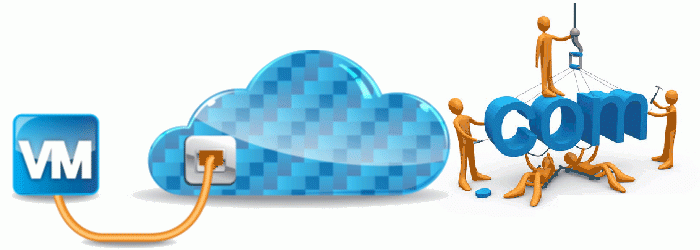
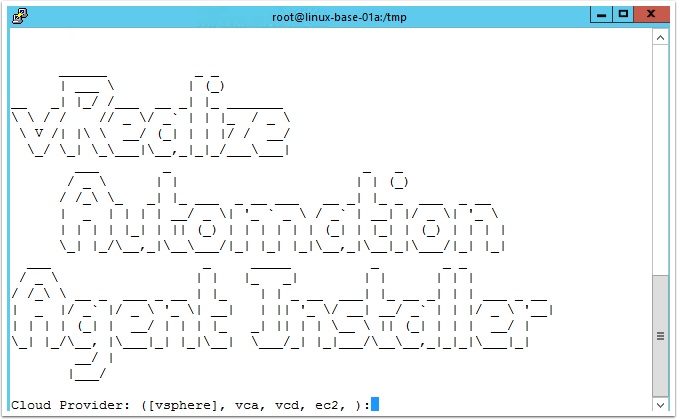



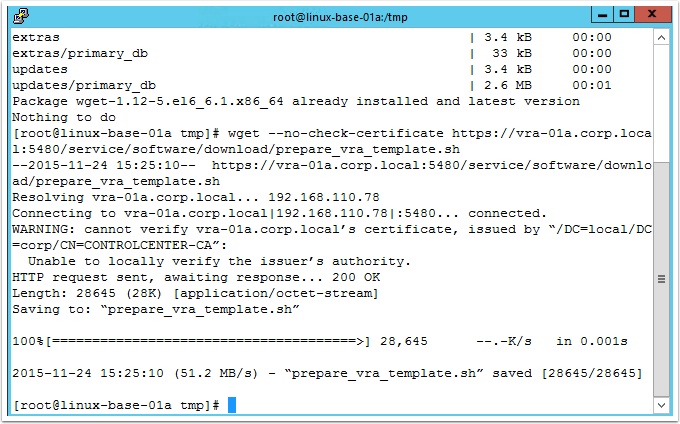
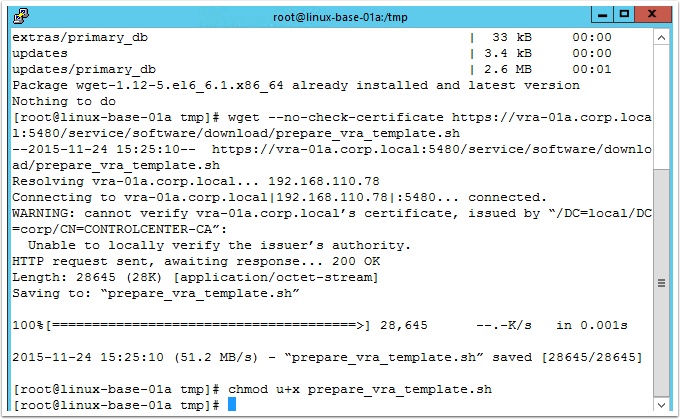

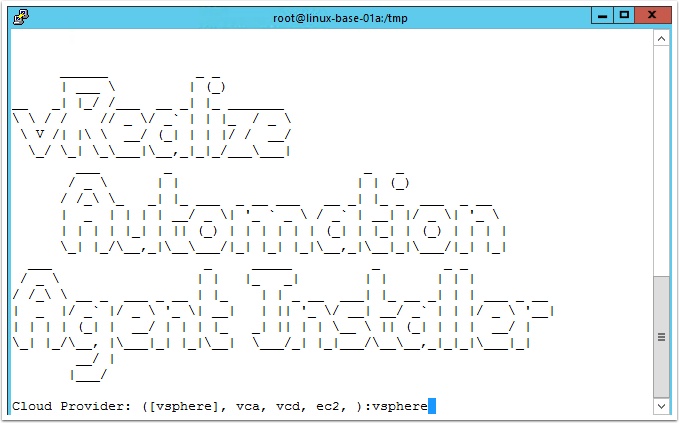
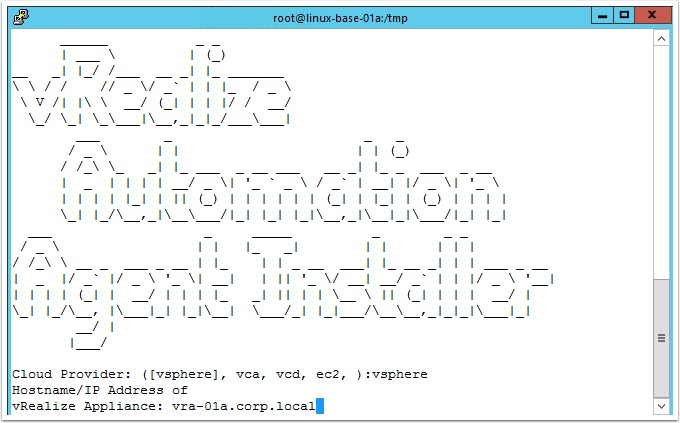

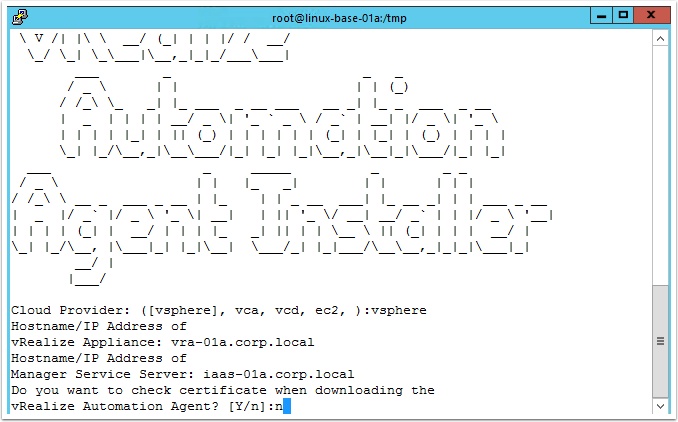


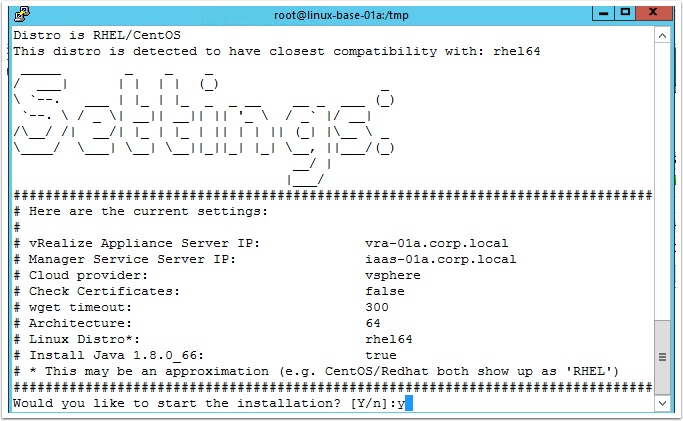


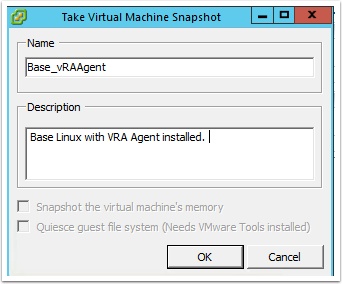
Pingback: The vRA 7 Developer Friendly Blueprint! – VMtoCloud.com
Pingback: How to create a vRA 7 Automation Agent Linux Template – Part II – VMtoCloud.com
Pingback: The Kubernetes Blueprint for vRA7 is here! – VMtoCloud.com
Pingback: vRealize Automation 7 Application Authoring DeepDive – VMtoCloud.com
Pingback: The Docker Swarm Blueprint for vRA7 is here! – VMtoCloud.com
Hi Ryan – thanks for this detailed doc on this topic. I have followed it thru and worked like a charm in our POC environment. However, our production is vRA 7 distributed setup. So, should we use the VIP for the vRA and manager service when running the bash script.
Thanks,
Yes, in distributed environment point to the VIP of the vRA appliances and the manager service.
Ok, thanks. That did work.
Pingback: How to export vRA 7 Blueprints as code – VMtoCloud.com
Pingback: vRA with Ansible Server and vRO integration – VMtoCloud.com
Pingback: The vRA Guest Agent Ansible Integration – VMtoCloud.com
Pingback: How to use wget and Github with vRealize Automation Blueprints – VMtoCloud.com
Pingback: How to use Drop Down lists with vRA Software Components – VMtoCloud.com
Hello,
great article! I was curious about the vCenter guest customization script. Is there any specific settings I should be using?
Hi Tren0026, See this guide for details on the vCenter Guest Customization settings. https://www.vmtocloud.com/vravcac-clone-blueprint-magic-secrets-revealed/
Hi Ryan
will this work for Ubuntu 14.4 template. when I try to run the “./prepare_vra_template.sh”.
I am getting bunch of 404 Not found errors.
Thanks
Mukesh
apt-get update solved the issue
In 7.1 they changed the download path to
https://vraAppliance/software/download/prepare_vra_template.sh
Ahh, thanx for the tip, will update post with this info.
Hello Ryan, Very good one. thank you. Could I also configure primary IP after clone, by passing arguments along with the script ? I am kind of stuck where I nee to configure IP at Linux guest side to bring the host on to network after cloning. Please advise. I need to automate the whole IP config process without manual intervention. I already defined Network custom properties . Any advise would be greatly appreciated.
Hi Krishna,
vRA does this already out of the box when using cloning, see this guide https://www.vmtocloud.com/vravcac-clone-blueprint-magic-secrets-revealed/
Pingback: The vRA Software Components Ansible Integration – VMtoCloud.com
Does this work with atomic? Agent install falls over when installing the RPMs, as root.
Successfully extracted LinuxGuestAgentPkgs.zip
Installing vRealize Automation Guest Agent RPM
rpm -i /tmp/vmAgentInstaller/VraLinuxGuestAgent/rhel64/gugent-7*.*.rpm
error: can’t create transaction lock on /var/lib/rpm/.rpm.lock (No such file or directory)
#######################################################################
!!! ERROR !!!
Unable to install vRealize Automation Guest Agent
Installation unable to continue!
#######################################################################
Here’s the atomic spec
[root@devops-centos-atomic-tmpl ~]# rpm-ostree status
State: idle
Deployments:
● centos-atomic-host:centos-atomic-host/7/x86_64/standard
Version: 7.1712.1 (2018-01-12 10:25:04)
BaseCommit: c6104b6bd8aeabbc19687e91359657e1292c3669e3c686438993e48481af6f2d
GPGSignature: Valid signature by 64E3E7558572B59A319452AAF17E745691BA8335
LayeredPackages: perl unzip
centos-atomic-host:centos-atomic-host/7/x86_64/standard
Version: 7.1712.1 (2018-01-12 10:25:04)
BaseCommit: c6104b6bd8aeabbc19687e91359657e1292c3669e3c686438993e48481af6f2d
GPGSignature: Valid signature by 64E3E7558572B59A319452AAF17E745691BA8335
LayeredPackages: unzip
Hi Ryan,
Thanks for the blog, feeling like an expert when going through this vro integration with ansible !!
Last year vRO 7.3 with ansible integration worked fine, however now with vRO 7.6 (embedded vRO from vRA 7.6) not able to succeed. Can you help me to resolve the below error?. Thanks.,
==================
Prod-00019: sendEBSMessage22(workflow=65340733-7b57-4975-af2c-2a9266a5f035) Error in state VMPSMasterWorkflow32.MachineActivated phase POST event (queue = 7930bad5-8dda-4978-9a1d-d90d109133eb): Extensibility consumer error(20999) – TypeError: Cannot call method “get” of null (Workflow:AnsibleServerRunvRA7 / Collect vRA Payload (item1)#42)
==================
After uploading the blueprint via cloudclient, the following error !!
Please help. Thanks.,
===============
Prod-00020: sendEBSMessage22(workflow=0fa76b74-49a2-4a62-b822-2cc65403d94b) Error in state VMPSMasterWorkflow32.MachineActivated phase POST event (queue = ac30b265-261b-440e-af5f-0e3c5eb85a09): Extensibility consumer error(20999) – ReferenceError: vm is not defined for waiting for the DNS name
===============
Still not successful !!
==============
Prod-00025: sendEBSMessage22(workflow=0f34115e-f426-4a4c-b383-b765af7a4f83) Error in state VMPSMasterWorkflow32.MachineActivated phase POST event (queue = caaeffa6-8343-4061-af12-acbbe399fe0a): Extensibility consumer error(20999) – java.lang.ClassCastException: com.vmware.vcac.authentication.http.spring.oauth2.OAuthToken cannot be cast to com.vmware.vim.sso.client.SamlToken (Workflow:virtual machine by name / Scriptable task (item1)#4)
==============